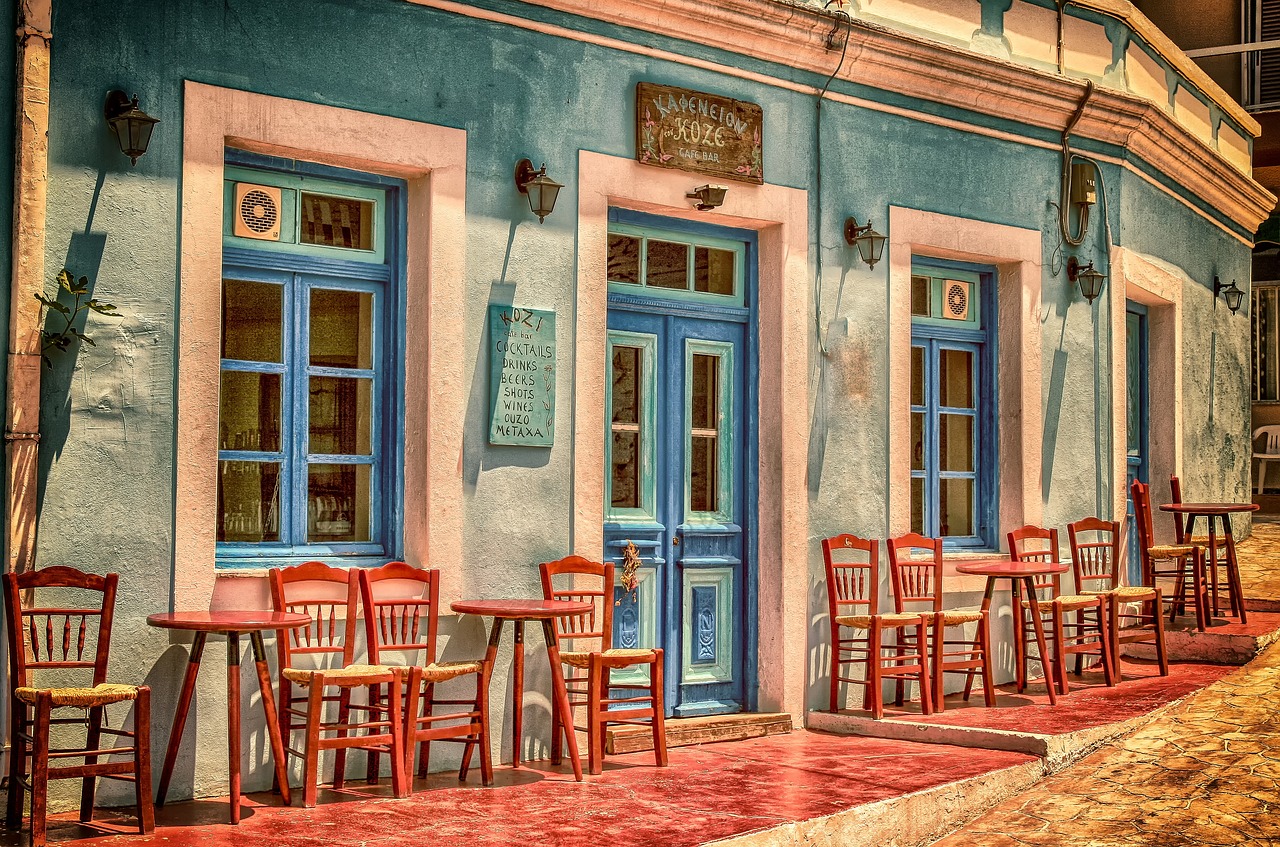Table of Contents
Architecture is more than just the design and construction of buildings; it’s a powerful storytelling medium that weaves together cultural narratives, historical contexts, and human experiences. As we traverse cities and landscapes, we encounter structures that serve as living chapters in the grand narrative of our world. This article delves into the captivating realm of cultural narratives in architecture, exploring how buildings communicate stories of the past, present, and future.
Architecture, in its multifaceted glory, transcends the mere act of sheltering us from the elements; it immerses us in the tapestry of human existence. Each building, each structure, is a silent yet eloquent storyteller, recounting tales of human triumph, struggle, and aspiration. As we wander through the labyrinthine streets of our cities, our gaze inevitably falls upon these architectural chronicles, each a unique testament to the time and place it inhabits.
The art of architectural storytelling is a remarkable fusion of form and function, where bricks and mortar become characters, and facades become narrative devices. It’s a visual language, rich with symbolism and meaning, passed down through generations of architects, builders, and craftsmen. It’s an invitation to decipher the coded messages etched into the very foundations of our cities.
In every arch, column, or dome, we find echoes of the cultural narratives that have shaped societies across epochs. The towering Gothic cathedrals of Europe resonate with stories of spiritual devotion and the unrelenting human pursuit of the divine. The intricate geometric patterns adorning Islamic mosques sing the praises of mathematical brilliance and artistic expression. Even the sleek lines and minimalist design of modern skyscrapers tell a story of efficiency, progress, and the quest to reach new heights.
Historical narratives are etched into the very stones of ancient fortresses, castles, and palaces. We can walk through the halls where kings and queens once roamed, envisioning the dramas and intrigues of bygone eras. The aged timber of a colonial-era house whispers of settlers’ dreams and the challenges of building a new life in distant lands.
Cultural identity, too, finds its most eloquent expression in architecture. In the bustling streets of Tokyo, traditional wooden machiya houses stand alongside contemporary glass-and-steel skyscrapers—a living testament to Japan’s ability to seamlessly meld its ancient heritage with cutting-edge innovation. In the heart of Istanbul, the Hagia Sophia’s majestic dome is a symbol of the city’s unique blend of East and West, where history and culture converge.
Architecture’s role as a storyteller extends beyond its historical facets. It is a living art form that continually adapts and evolves, addressing contemporary issues and reflecting the values of our times. Today, sustainable architecture communicates narratives of environmental consciousness, while smart cities foretell a future of connectivity and urban efficiency.
In conclusion, architecture is an intricate web of narratives, an ever-evolving epic that shapes our urban landscapes and molds our cultural identities. As we walk the streets of our cities and gaze upon the structures that surround us, let us remember that we are not just witnesses to history but active participants in the ongoing narrative of architecture. Every building, every structure, carries within it the stories of humanity—stories of who we are, where we’ve been, and where we’re headed.
Don’t stop here; you can continue your exploration by following this link for more details: National Building Museum Launches “Intersections: Where Diversity …
I. Foundations of Cultural Narratives
At its core, architecture is an expression of human culture. The forms, materials, and styles chosen by architects are influenced by the cultural and societal values of their time. The buildings they create bear witness to the evolution of civilizations, reflecting the ideals, innovations, and challenges faced by societies throughout history.
Architecture, as the physical embodiment of human culture, serves as a remarkable canvas upon which the tapestry of our civilizations is woven. This art form extends far beyond bricks, mortar, and steel; it encapsulates the very essence of our collective values, aspirations, and history. With each architectural creation, architects become storytellers, shaping narratives that capture the spirit of their era and the societies they serve.
Every architectural masterpiece is a reflection of its cultural and societal context. It’s a mirror that echoes the prevailing beliefs, customs, and philosophies of the time. The choice of architectural forms, materials, and styles is intrinsically linked to the cultural identity of a people. From the grandeur of ancient Egyptian pyramids to the intricate detail of Gothic cathedrals, these architectural marvels convey not only artistic expression but also the deep-seated beliefs and spiritual devotion of their respective societies.
Architecture doesn’t exist in isolation; it evolves in tandem with the societies it serves. The history of architecture is a chronicle of human progress, marked by innovations, revolutions, and periods of profound change. For instance, the shift from medieval castles to Renaissance palaces in Europe was not just an architectural transformation; it represented a cultural renaissance, with renewed emphasis on art, humanism, and intellectual exploration.
Similarly, the industrial revolution gave birth to new architectural paradigms. Steel-framed skyscrapers rose to prominence, reflecting the era’s fascination with innovation, urbanization, and the relentless pursuit of progress. These towering structures became symbols of the modern age, signifying the power of industry and the boundless potential of human ingenuity.
As we navigate the complexities of the 21st century, architecture continues to evolve in response to the challenges and opportunities of our time. Sustainability, technology, and global connectivity are reshaping architectural priorities. Buildings are not just functional spaces but also instruments of environmental responsibility and social interaction. They are designed to minimize their carbon footprint, foster community engagement, and adapt to the changing needs of our diverse and interconnected world.
In essence, architecture is a living testament to the dynamic nature of human culture. It encapsulates the ethos of each era, reflecting the dreams, innovations, and challenges faced by societies throughout history. It’s a powerful reminder that our built environment is more than bricks and mortar; it’s a tangible expression of who we are as a people and where we’re headed. As we shape the future of architecture, we continue to write the story of our civilization, one building at a time.
To expand your knowledge on this subject, make sure to read on at this location: Storytelling Through Architecture
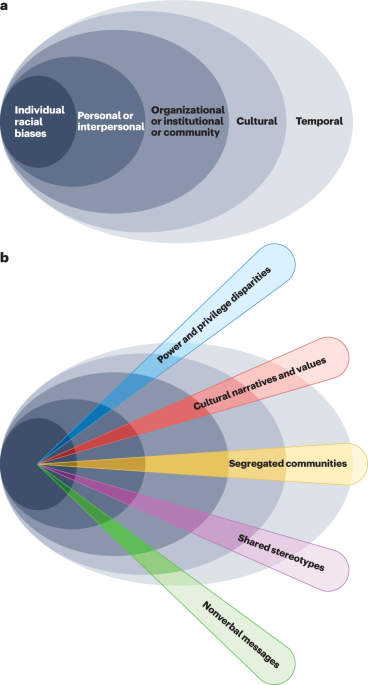
II. Historical Narratives
Historical buildings, whether ancient temples, medieval castles, or colonial mansions, offer a tangible link to the past. Their architectural features and construction techniques reveal the skills and craftsmanship of bygone eras. These structures serve as visual records of the events, rulers, and cultural shifts that shaped the regions they inhabit.
nullYou can also read more about this here: Story Maps (Geography and Map Division, Library of Congress)

III. Cultural Identity
Architecture plays a pivotal role in defining cultural identity. It provides a canvas for celebrating cultural diversity, with each region and civilization leaving its distinct mark on the built environment. From the ornate mosques of Istanbul to the minimalist aesthetics of Japanese temples, architecture embodies the essence of cultures around the world.
Architecture, as a reflection of cultural identity, holds a profound and multifaceted role in celebrating the rich tapestry of human heritage. It serves as a visual and tactile testament to the values, traditions, and aspirations of societies across the globe, leaving an enduring legacy that transcends time and space.
Cultural Expression: Architecture is a form of cultural expression that embodies the collective identity of a society. It communicates the values, beliefs, and historical narratives of a culture through its design, materials, and symbolism. For example, the soaring minarets and intricate tile work of Istanbul’s mosques convey the cultural significance of Islam in Turkish society.
Regional Diversity: The diversity of architectural styles around the world reflects the unique regional and geographical characteristics of different cultures. From the adobe dwellings of the American Southwest to the stilt houses of Southeast Asia, architecture responds to the environmental conditions and available resources of each region.
Historical Continuity: Architecture is a vessel of historical continuity, preserving the legacy of past civilizations for future generations. Ancient architectural wonders like the pyramids of Egypt or the temples of Angkor Wat in Cambodia continue to awe and inspire, connecting contemporary societies to their historical roots.
Innovation and Adaptation: Architecture is not static; it evolves over time in response to changing societal needs and technological advancements. Cultures continually innovate and adapt their architectural styles to meet the demands of the present while respecting their heritage. This evolution can be seen in the juxtaposition of traditional and contemporary elements in modern cityscapes.
Cultural Exchange: Architectural styles often transcend borders and facilitate cultural exchange. Elements of one culture’s architecture may influence and blend with those of another, creating fusion styles that celebrate cross-cultural interactions. The fusion of Moorish and Spanish architectural styles in Andalusia, for instance, reflects centuries of cultural exchange.
Identity and Pride: Architectural landmarks become sources of identity and pride for communities and nations. Iconic structures like the Eiffel Tower in Paris, the Taj Mahal in India, or the Sydney Opera House in Australia not only symbolize their respective cultures but also instill a sense of unity and belonging among their people.
Cultural Revival: In some cases, architecture serves as a catalyst for cultural revival and preservation. Communities may undertake restoration projects to revive traditional building techniques and crafts, ensuring the continuity of their cultural heritage.
Tourism and Cultural Diplomacy: Architectural landmarks often become focal points for tourism and cultural diplomacy. They attract visitors from around the world, fostering cultural exchange and promoting understanding between cultures.
Sustainable Practices: Architecture also plays a role in sustainable cultural practices. Indigenous and traditional architectural methods often incorporate sustainable principles, utilizing locally sourced materials and environmentally friendly design strategies.
In a globalized world, where cultures intersect and influence one another, architecture stands as a dynamic and inclusive canvas for celebrating diversity. It is a bridge between the past and the future, a tangible expression of shared values and aspirations, and a testament to the enduring power of culture in shaping the human experience. As societies continue to evolve, architecture will remain a vital vessel for preserving and celebrating cultural identity in all its forms.
You can also read more about this here: Historical trauma as public narrative: A conceptual review of how …
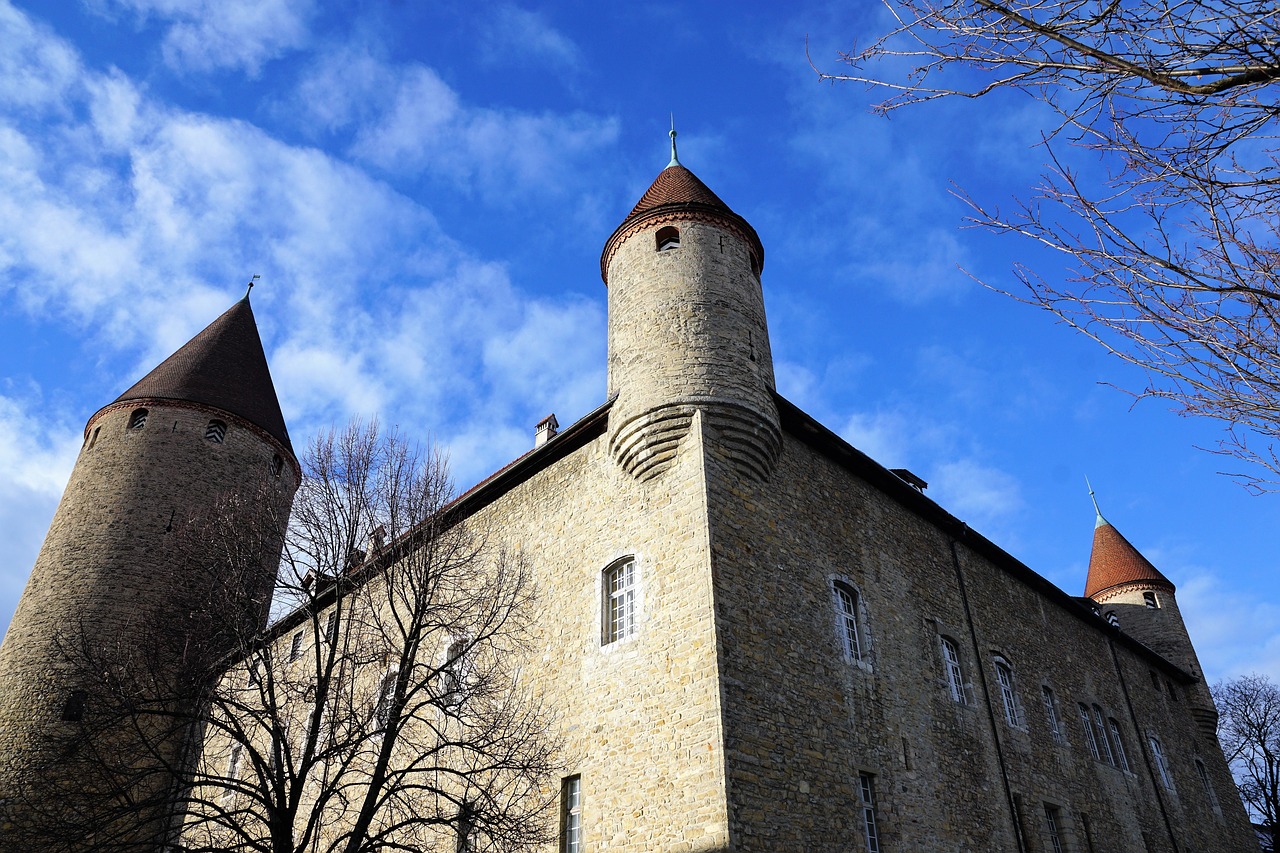
IV. Storytelling through Design
Architects use design elements, such as facades, materials, and spatial arrangements, to convey narratives. A gothic cathedral, with its towering spires and intricate stained glass, tells the story of faith and divine connection. A modern eco-friendly building, with its sustainable features, narrates the tale of environmental consciousness and innovation.
Architecture is a powerful language, and architects are its storytellers. Through a masterful manipulation of design elements—facades, materials, spatial arrangements—they weave narratives that speak to the essence of a building’s purpose, its historical context, and its cultural significance. Every architectural creation is a chapter in the ever-evolving story of humanity, with each structure leaving behind a rich and enduring tale.
Consider the grandeur of a Gothic cathedral, with its towering spires that reach toward the heavens and its intricate stained glass windows that bathe the interior in a kaleidoscope of colors. Here, the architecture is a testament to faith and the profound connection between humanity and the divine. The soaring spires aspire to lift the spirit, while the luminous stained glass narratives depict sacred stories and lessons, engaging worshippers in a visual dialogue with the divine. It’s a narrative of spirituality, awe, and the eternal quest for meaning.
In contrast, a modern eco-friendly building tells a different story—one of environmental consciousness and innovation. Its sleek, sustainable design elements, such as solar panels, green roofs, and recycled materials, narrate a tale of responsible stewardship of the planet. The spatial arrangements prioritize energy efficiency, natural light, and indoor air quality, all contributing to the well-being of both occupants and the environment. The building is not merely a physical structure but a statement about our commitment to a greener, more sustainable future.
Beyond these examples, architecture can also convey stories of cultural identity, historical evolution, and societal values. A traditional Japanese tea house, with its minimalist design and carefully chosen materials, whispers a narrative of tranquility, mindfulness, and the Japanese aesthetic of Wabi-Sabi. A Brutalist government building, with its stark, imposing facade, tells a story of authority, order, and the values of a particular era.
Architects, as the authors of these narratives, hold a unique power—the power to shape how we experience and interact with our surroundings. Their creations evoke emotions, provoke thought, and inspire a sense of place and belonging. They remind us that the built environment is not static but a dynamic and ever-evolving testament to the human spirit, our values, and our aspirations. Each architectural masterpiece adds another layer to the collective story of our civilization, a story that continues to be written, one structure at a time.
For additional details, consider exploring the related content available here National Building Museum Launches “Intersections: Where Diversity …
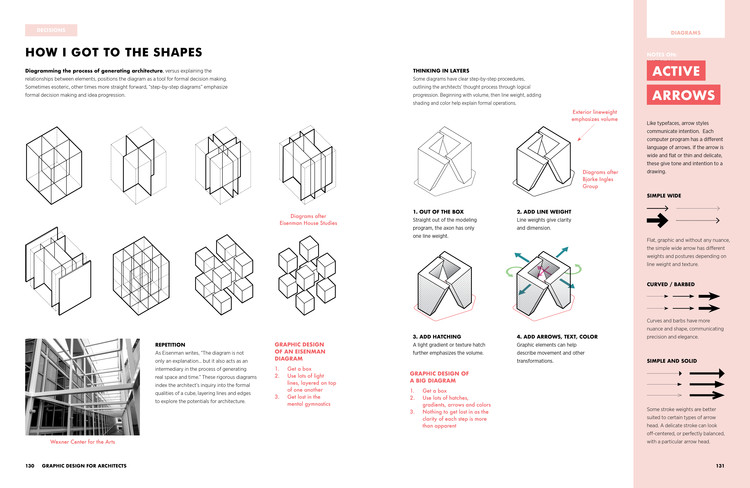
V. Adaptive Reuse and Cultural Continuity
In adaptive reuse projects, historic buildings are repurposed to meet contemporary needs while preserving their cultural significance. These transformations breathe new life into old structures, creating a dynamic dialogue between past and present. Adaptive reuse projects are a testament to the resilience of cultural narratives in architecture.
Adaptive reuse projects, often regarded as the architectural equivalent of storytelling, are an eloquent demonstration of the enduring legacy of historic buildings. These endeavors go beyond mere preservation; they embark on a transformative journey that bridges the realms of history and the contemporary, weaving a rich narrative of cultural significance.
Within the walls of historic buildings undergoing adaptive reuse, the past and present engage in a vibrant conversation. This dialogue is not just architectural; it’s a testament to the resilience of cultural narratives. As these structures are repurposed to meet modern needs, they continue to tell the stories of the communities and eras that shaped them. The echoes of bygone eras resonate in the architectural details, the patina of aged materials, and the very aura of the space.
In the process of adaptive reuse, architects and designers become storytellers, interpreting the past and infusing it with fresh purpose and relevance. These projects unfold like chapters in an ever-evolving narrative. The juxtaposition of old and new elements sparks a creative tension, inviting us to explore the relationships between tradition and innovation, nostalgia and progress.
Moreover, adaptive reuse projects are a testament to sustainability in architecture. Rather than discarding the past, they embrace it, capitalizing on the embodied energy and resources of existing structures. This approach not only reduces waste but also champions a more environmentally responsible path forward. It encourages us to reflect on the finite nature of resources and the value of what has already been crafted by human hands.
The enduring appeal of adaptive reuse lies in its capacity to rejuvenate not only buildings but also the communities that surround them. These projects often become catalysts for urban revitalization, breathing new life into neglected or declining areas. As cultural hubs and centers of activity, they foster a sense of connection and belonging, creating vibrant neighborhoods rooted in the past but oriented towards the future.
In conclusion, adaptive reuse projects represent a harmonious fusion of heritage and innovation. They celebrate the enduring value of our architectural legacy, demonstrating that the stories embedded within historic structures are not static relics but living narratives waiting to be reshaped and retold for generations to come.
You can also read more about this here: Cultural heritage adaptive reuse in Salerno: Challenges and solutions

VI. Challenges and Preservation
The preservation of cultural narratives in architecture faces challenges such as urban development, environmental changes, and neglect. However, dedicated efforts by preservationists, architects, and communities are instrumental in safeguarding these valuable narratives for future generations.
nullIf you’d like to dive deeper into this subject, there’s more to discover on this page: Cultural heritage: 7 successes of UNESCO’s preservation work …

VII. Future Narratives
As architecture evolves in response to changing technologies and global challenges, new narratives emerge. Sustainable architecture narrates the story of environmental stewardship, while smart cities tell the tale of connectivity and innovation. The narratives of the future will address pressing issues like climate change, urbanization, and cultural globalization.
Architecture, like a living language, continually adapts and evolves to reflect the changing world it serves. Each era in architectural history has its narrative, and today, as we stand at the crossroads of technological advancement and global challenges, new stories are taking shape within the built environment.
Sustainable architecture, for instance, narrates the compelling story of environmental stewardship. It speaks of a commitment to reducing carbon footprints, conserving resources, and embracing eco-friendly design principles. Buildings now stand not only as functional spaces but as beacons of sustainability, showcasing renewable energy sources, energy-efficient systems, and green building materials. This narrative not only addresses the immediate need to combat climate change but also inspires a sustainable ethos for generations to come.
In parallel, the concept of smart cities emerges as a narrative that encapsulates connectivity and innovation. It weaves a story of urban environments where technology serves as a bridge between citizens, infrastructure, and services. Smart cities embrace the narrative of efficiency, offering solutions to traffic congestion, resource management, and public safety. They paint a vision of cities that evolve and adapt to the needs of their inhabitants, fostering a sense of community and well-being.
Looking ahead, the narratives of the future in architecture will be shaped by pressing global issues. Climate change, with its far-reaching consequences, will be a central plot point. Architects will increasingly work to create climate-resilient structures that can withstand extreme weather events while reducing their environmental impact. The stories they tell will emphasize the importance of sustainable building practices, energy efficiency, and the conservation of natural resources.
Urbanization is another crucial theme in the narratives of the future. As more people migrate to cities, architects and urban planners will craft stories of inclusive, livable urban environments. These narratives will speak to the need for affordable housing, efficient transportation, and green spaces that enhance the quality of life for urban dwellers. In doing so, they will address the challenges of rapid urbanization and the quest for equitable, vibrant cities.
Cultural globalization, too, will shape future architectural narratives. As societies become more interconnected, architects will draw inspiration from diverse cultural traditions, weaving them into the design of buildings and public spaces. These narratives will celebrate diversity, promote inclusivity, and foster a sense of belonging in a globalized world.
In conclusion, architecture serves as a storyteller, conveying the values, challenges, and aspirations of each era. As we move forward into an era of rapid technological change and complex global challenges, the narratives of architecture will evolve to reflect our collective journey. Sustainable, connected, resilient, and culturally rich narratives will guide us toward a future where the built environment not only serves our practical needs but also tells a compelling story of a world striving for a better, more harmonious coexistence with nature and with each other.
Explore this link for a more extensive examination of the topic: Historical trauma as public narrative: A conceptual review of how …
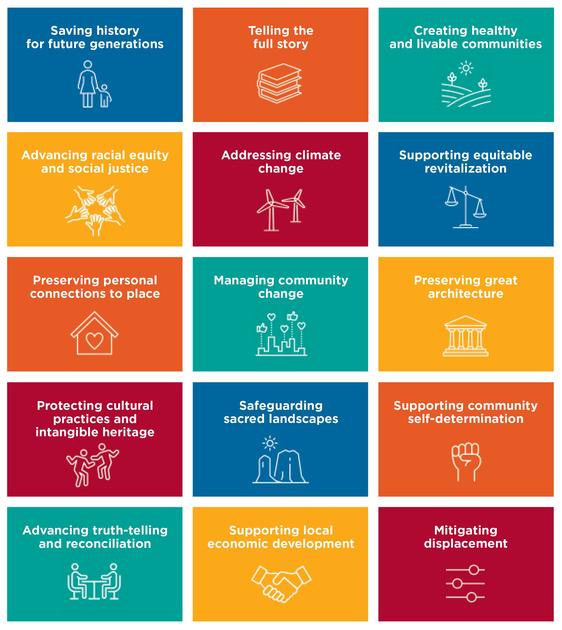
Architecture is an enduring vessel of cultural narratives, offering glimpses into the soul of civilizations past and present. It serves as a mirror reflecting the values, aspirations, and experiences of humanity. As we continue to shape the built environment, we must cherish and preserve the rich tapestry of stories embedded in our architectural heritage. These stories remind us that, in every brick, beam, and facade, there exists a narrative waiting to be discovered—a narrative that transcends time and unites us in our shared human journey.
Architecture, the silent storyteller of our shared human history, transcends the mere physicality of buildings. It encapsulates the essence of a society, echoing its triumphs and challenges, its dreams and realities. Just as a great novel unfolds layers of meaning through its chapters, architecture reveals tales through its structures, designs, and materials.
In the ancient city of Rome, for instance, the majestic arches and columns of the Colosseum tell the tale of gladiatorial combat and grand spectacles, while the ornate domes of Byzantine churches in Istanbul whisper the devotion of empires. Closer to our times, the soaring skyscrapers of New York City embody the ambition and innovation that define modern urban landscapes.
But architecture is not limited to the grand and the monumental alone. In the quaint streets of a historic town, the crooked cobblestone pathways and half-timbered cottages narrate stories of simpler times and the community spirit that prevailed. Even a contemporary, minimalist home can reflect a society’s quest for simplicity and sustainability.
Preserving these architectural narratives is not merely an act of conservation; it is an act of cultural stewardship. As we pave the way for new structures and designs, we must remember that each old building contains layers of memories and experiences that connect us to our ancestors. By conserving and revitalizing historic structures, we ensure that these stories endure, passing on our cultural legacy to future generations.
Moreover, architecture is a bridge between generations. It links the past with the present and projects our aspirations into the future. When we study the architectural marvels of past civilizations, we gain insights into their values, beliefs, and societal structures. This knowledge, in turn, can inspire us to shape a better world today.
In every renovation of a historic building, in every effort to restore a fading mural, we are not merely preserving bricks and mortar; we are safeguarding the collective memory of our society. We are acknowledging the profound role that architecture plays in our lives—the ability to connect us across time and space.
So, let us approach our architectural heritage with reverence and curiosity, for in every arch, facade, or cornerstone, there lies a hidden chapter of human history. As we craft new stories within the framework of our built environment, may we also embrace the narratives of the past, recognizing that our architectural heritage is not static but dynamic—a living testament to the ever-evolving saga of humanity.
To delve further into this matter, we encourage you to check out the additional resources provided here: 1. Indigenous America | THE AMERICAN YAWP
More links
For additional details, consider exploring the related content available here Architectural Storytelling and Narratives – the Intro to
